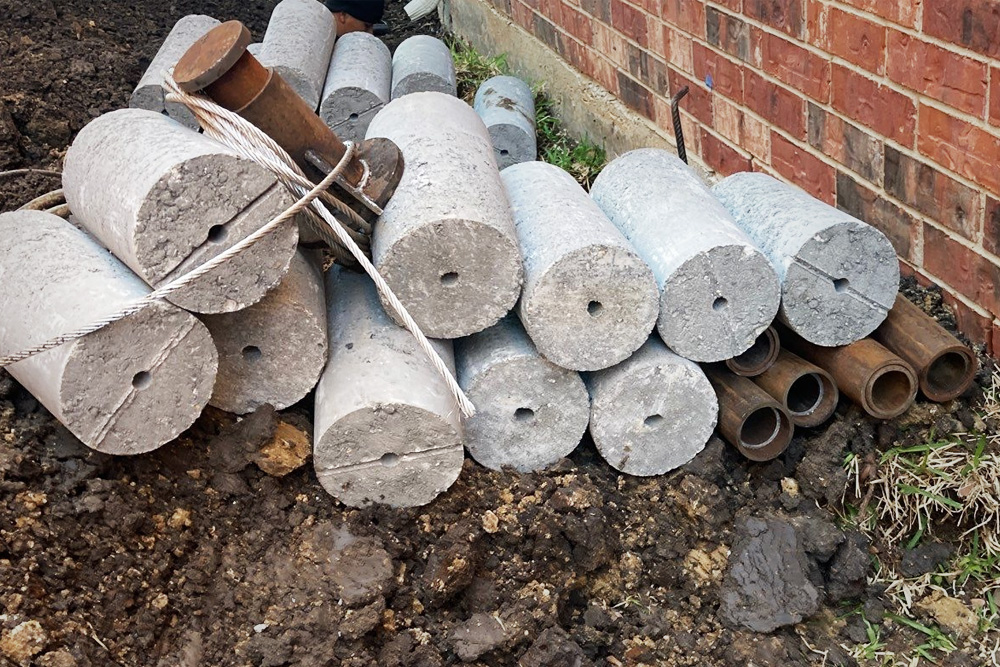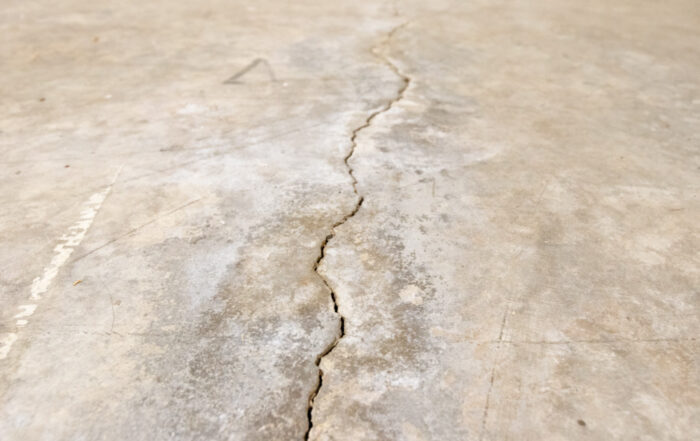Foundation Repair: Are Steel Piers Better Than Concrete?

Foundation problems? Oh joy. Nothing says “homeowner fun” quite like spotting a crack in your wall or feeling that subtle (but unmistakable) floor slant under your feet. And when it’s time to fix those issues, you’re suddenly faced with a decision you never thought you’d be pondering: are steel piers better than concrete?
It might not sound like the most riveting debate—but if your home is on the line (literally), you’ll want to know which option is going to give you the most bang for your buck (and the most stability under your boots). So let’s break down the big matchup: steel piers vs concrete piers. Grab your metaphorical hard hat, because we’re diving into foundation repair, one pier at a time.
Concrete Piers: The Classic Choice
Concrete piers are kind of like the trusty old pickup truck of foundation repair. They’ve been around forever, they’re dependable, and they’ll usually get the job done—especially if your soil conditions are just right.
Concrete piers are driving into the ground using the weight of the home to push them down. These are especially common in areas where the bedrock or stable soil isn’t too deep, since concrete piers typically don’t reach the same depths as their steel counterparts.
Pros of Concrete Piers:
-
More affordable up front (yay for your wallet).
-
Ideal for shallow depth repairs.
-
Readily available materials and labor.
Cons of Concrete Piers:
-
Longevity of the repair is highly affected by the moisture content of the soil.
-
Not great for homes that need deeper stabilization.
So, if you’re in a region with shallow, stable soil and you’re trying to be budget-conscious, concrete might be a solid (pun intended) choice.
Steel Piers: The Modern Powerhouse
Enter the heavy hitter: steel piers. These bad boys are driven deep—really deep—into the ground (sometimes up to 75 feet!), which means they’re reaching down to bedrock or stable strata that don’t shift with weather or moisture changes.
In other words, steel piers are kind of like the luxury SUV of foundation repair. Sleek. Strong. Built to last. And yes, they cost more—but they deliver peace of mind that concrete sometimes can’t.
Pros of Steel Piers:
-
Deeper depth means more stability.
- Better performance in expansive or shifting soils.
Cons of Steel Piers:
-
Higher upfront cost.
-
Not always necessary for shallow foundation issues.
Still, many homeowners find that the longevity and reduced risk of future movement outweigh the price difference. After all, your foundation isn’t something you want to revisit every few years.
Steel vs Concrete Foundation Piers: The Verdict
Okay, so which wins the title fight?
Here’s the thing: it’s not about one being “better” in every single scenario. It’s about what’s right for your home. If your foundation only needs a little help and the ground under your home isn’t prone to major movement, concrete piers might be a great solution. But if you’re dealing with deep soil shifts, poor drainage, or just want the best long-term option, steel piers are often the stronger bet.
And then there’s a wild card in the mix—composite piers. This method combines the strength and depth of steel with the grip and support of concrete. Think of it as the hybrid approach: reliable, durable, and high-performing. Not always necessary, but an impressive option if you want the best of both worlds.
Composite Piers: The Best of Both Worlds
If concrete and steel piers had a superhero baby, it would be composite piers.
This option combines the strengths of both concrete and steel into one ultra-sturdy support system. The steel piers are driven into the ground to reach the correct depth first, then concrete piers are piled on top to finish the pier piling. Think: the deep-driving capability of a steel pier without the large price tag. Together, they create an unmatched solid structure for your foundation—ideal for homes facing challenging soil conditions or needing that extra level of reinforcement.
Why Choose Composite Piers?
-
You get the deep reach of steel piles, which anchor your foundation to more stable layers of soil.
-
It’s the ultimate combo for long-lasting stability and peace of mind.
Composite piers aren’t always necessary—but when it’s recommended, it’s because your home deserves both muscle and smarts in its foundation repair plan.
Other Things to Consider
Before you go all-in on either solution, don’t forget to factor in a few more details:
-
Soil conditions – Expansive clay? Loose sand? Your soil type makes a huge difference.
-
Drainage – Poor drainage can wreak havoc on concrete piers over time.
-
Landscaping – If you want minimal disturbance to your yard, steel piers may be the more convenient option.
-
Budget – Concrete piers win for lower upfront cost, but steel may save you in the long run.
In the end, the smartest move you can make is calling in a foundation repair expert to take a look.



